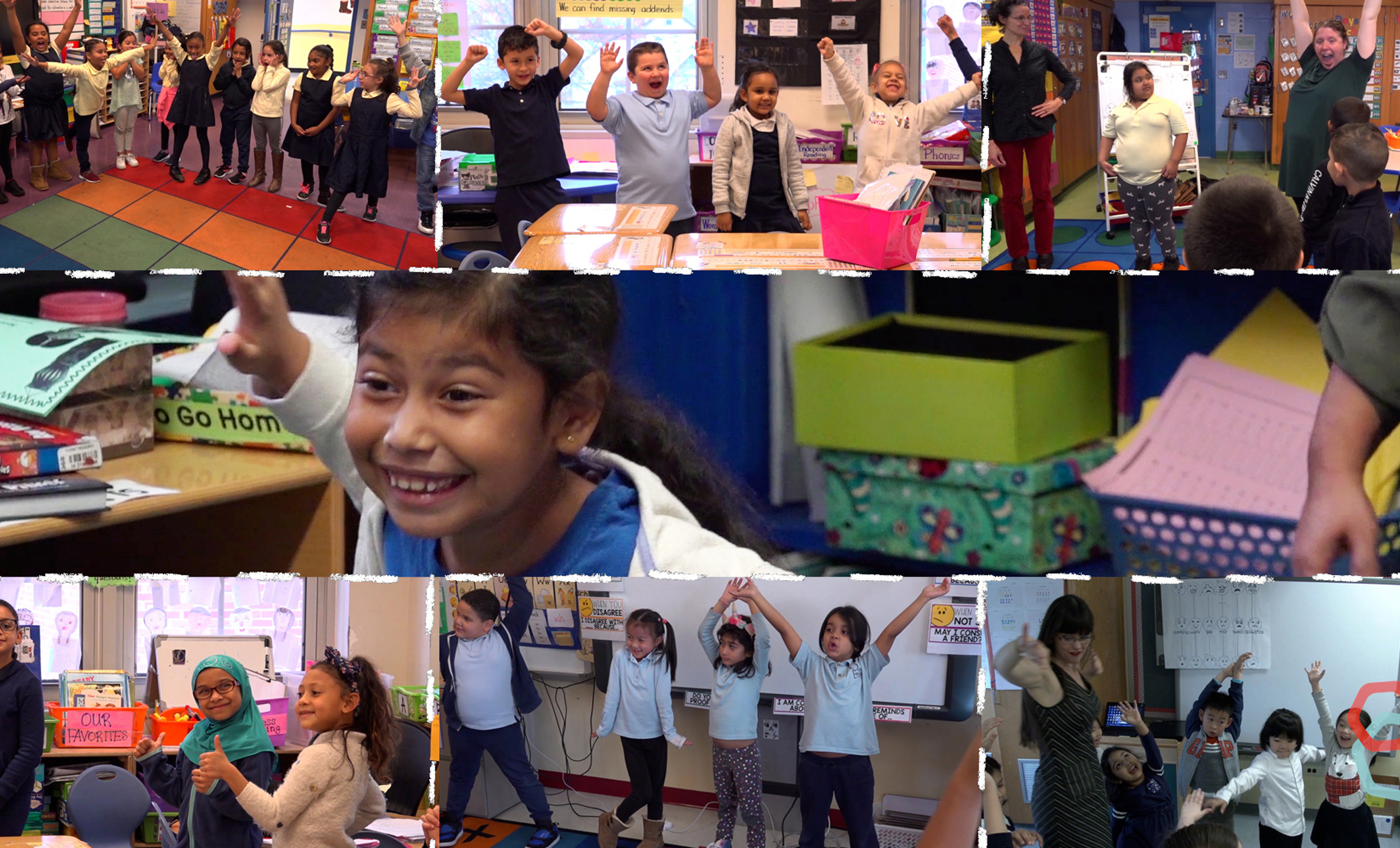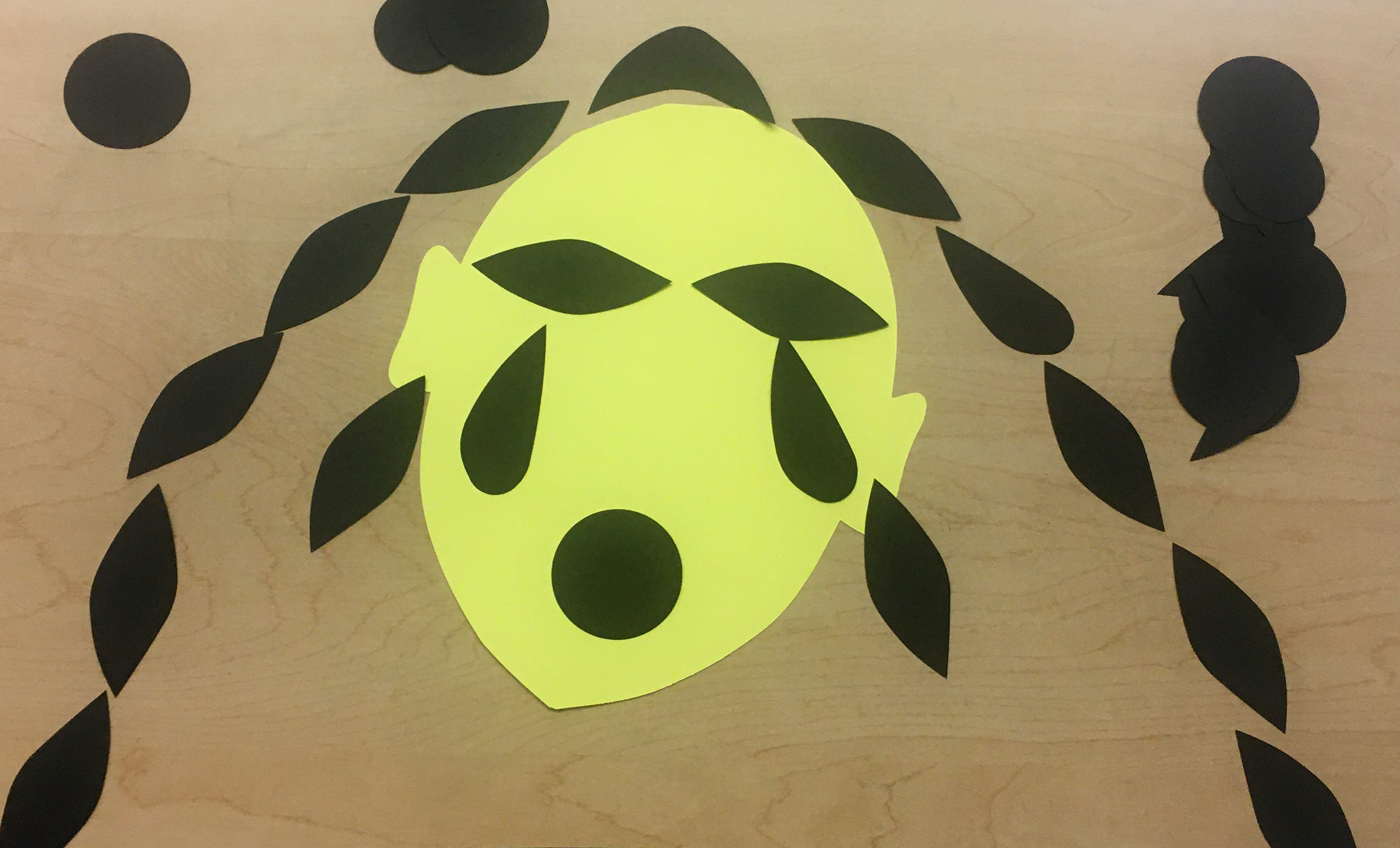It will take too long to describe everyone! Who should I describe?
Describe three choices.
To ensure a variety, notice and describe
1) a choice that is being repeated by multiple students,
2) a dramatic or bold choice, and
3) a subtle choice.
Scroll through images above for examples.


